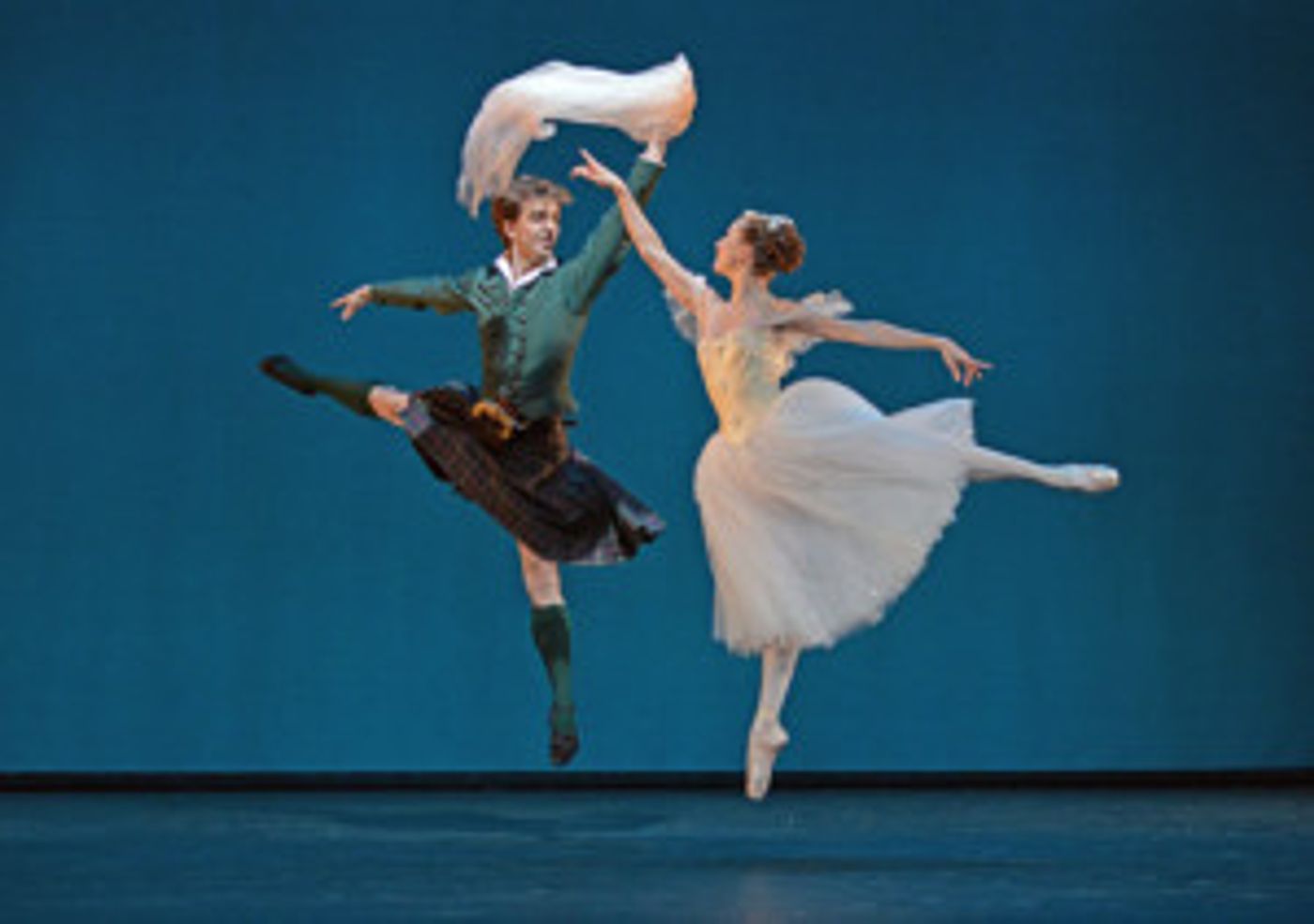Review: THE BOURNOVILLE LEGACY Comes to NYC

The Joyce Theater presents The Bournonville Legacy, July 9 - 14, 2019. Excitement was in the air on opening night when I attended. August Bournonville (August 21, 1805 - November 30, 1879) was a dancer, choreographer, and director of The Royal Danish Ballet. His choreographic legacy that emphasized bravura dancing and mime is an important chapter in the history of ballet.
A group of dancers, performing courtesy of The Royal Danish Ballet (Nikolaj Hübbe, Artistic Director), performed excerpts from some of Bournonville's ballets. "For this year's Bournonville performance at the Joyce, Ulrik Birkkjaer (tour organizer and principal dancer) has chosen to open with the second - and sorrowful act of Bournonville's La Sylphide. In his romantic ballets that would follow - Napoli (1842), The Kermess in Bruges (1851), A Folk Tale (1854) - Bournonville still had an aspect of darkness but he did not let the darkness take power...his ballets are a journey from darkness towards light..." The art of mime is kept alive by The Royal Danish Ballet and is an integral part of the dance they present. This can be instructive to young dancers who rarely encounter this level of dramatic expression.
Opening the program, the second act of La Sylphide (music by Herman Severin Lovenskiold, costumes by Mikael Melbye, and lighting by Morten K. Axelsson), were a few sylphs; then the Witch (otherwise known as Madge), well-played by Sorella Englund (at this performance), toiling over a steaming pot; followed by James, danced by Birkkjaer (at this performance) who owned the stage, the story, and the audience with his brilliance. His technique, his mime, and his expression were authentic and natural. No doubt, the stage of The Joyce Theater is smaller than the opera houses that generally present the full-length La Sylphide, but somehow, it worked, even with the absence of the usual scenery.
Ballets represented in the second act, A Bournonville Square, were presented with all dancers from each of the pieces together on stage. The men appeared, in general, to have the better technique; therefore, they tended to be the more exciting performers. This made me wonder about the difference in the training of their women and men. Dancers related to each other in a friendly manner while individuals, pairs, and groups performed. Particularly impressive was Tobias Praetorius who danced The Steetsinger from Napoli and the first male variation from Pas De Six and Tarantellas from Napoli, music by Edvard Helsted and Holger Simon Paulli. Marcin Kupinski and Alexander Bozinoff brought excitement with JockeyDance from From Siberia To Moscow, music by C.C. Moller, as well as their participation in Pas De Six and Tarantellas from Napoli. Birkkjaer shone again in the first Tarantella. Notable among the female dancers were Astrid Elbow and Stephanie Chen Gundorph in variations presented in this part of the program.
Students of dance history will find this production interesting.
Photo credit: Dave Morgan
Reader Reviews
Videos

